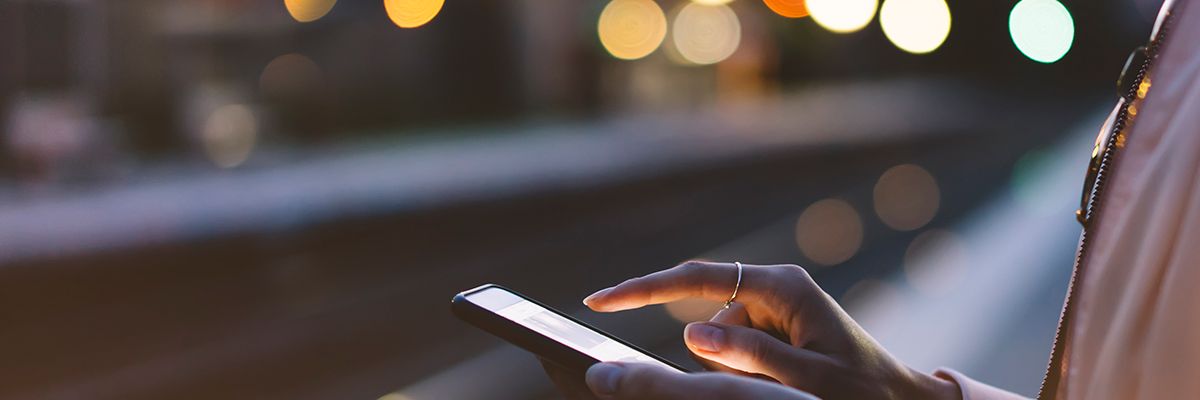The debate over dark mode continues to gain momentum. Dark mode, a feature that switches the color scheme of an interface to darker tones, has surged in popularity in recent years. From social media platforms to productivity tools, many websites and applications now offer this option. But the question remains: Is dark mode truly a necessary feature on modern websites? Let's explore the nuances of this topic to uncover the reasons behind its rise and whether it's here to stay.

Dark Mode Debate: Necessity or Trend in Modern Web Design?
The rise of dark mode
Dark mode has its roots in the early days of computing when terminals and text-based interfaces predominated. However, its resurgence can be attributed to several factors. Firstly, the widespread adoption of OLED and AMOLED displays in smartphones has played a pivotal role. Unlike traditional LCD screens, these displays can individually switch off pixels to achieve true black, thereby conserving battery life. Dark mode takes advantage of this capability by reducing the amount of light emitted, resulting in lower power consumption.
Additionally, the growing awareness of eye strain and the adverse effects of prolonged screen exposure have propelled dark mode into the spotlight. Many users find that switching to a darker color scheme reduces eye fatigue, particularly in low-light environments. As a result, developers have integrated dark mode into their designs to cater to this demand for a more comfortable viewing experience.
Enhanced accessibility
One of the compelling arguments in favor of dark mode is its potential to enhance accessibility for certain users. Individuals with visual impairments or sensitivity to bright light may find traditional light-themed websites challenging to navigate. Dark mode offers a solution by providing higher contrast and reducing glare, making content more legible for these users. By incorporating dark mode into their designs, website developers can promote inclusivity and ensure that their content is accessible to a broader audience.
Aesthetic appeal and personalization
Beyond its practical benefits, dark mode has also garnered popularity for its aesthetic appeal and the sense of sophistication it imparts to interfaces. Many users appreciate the sleek and modern look of dark-themed websites, which can evoke a sense of professionalism and elegance. Moreover, dark mode allows for greater personalization, empowering users to customize their browsing experience according to their preferences. Whether it's for aesthetic reasons or simply a matter of personal taste, dark mode offers users the flexibility to tailor their digital environment to suit their style.
Battery life considerations
As mentioned earlier, one of the primary drivers behind the adoption of dark mode is its potential to conserve battery life, particularly on devices with OLED displays. Studies have shown that displaying predominantly dark content consumes less power than bright content, resulting in extended battery longevity, especially on mobile devices. For users who rely heavily on their smartphones throughout the day, the ability to squeeze out additional hours of usage can be a significant advantage.
The debate over dark mode
Despite its growing popularity, dark mode is not without its detractors. Critics argue that the benefits of dark mode, such as improved battery life and reduced eye strain, are often overstated. They contend that the actual impact on battery consumption may vary depending on factors such as screen brightness and the content being displayed. Moreover, some users find dark mode jarring or less visually appealing, preferring the classic light-themed interface.
Additionally, the implementation of dark mode can pose challenges for web developers, particularly when it comes to ensuring consistent readability and accessibility across different devices and platforms. Designing for dark mode requires careful consideration of color contrast, text legibility and visual hierarchy to maintain usability and clarity. Failure to address these concerns adequately may result in a subpar user experience for those opting for dark mode.
The future of dark mode
While opinions on the necessity of dark mode may vary, its widespread adoption across various digital platforms suggests that it's more than just a passing trend. As technology continues to advance and user preferences evolve, we can expect dark mode to remain a prominent feature in the design arsenal of web developers. However, its success ultimately hinges on striking the right balance between aesthetics, functionality and accessibility.
Although the landscape of web design is ever-changing, one thing remains clear, the importance of accommodating user preferences and prioritizing inclusivity. Whether it's through dark mode or other innovative features, the goal is to create digital experiences that are not only visually appealing but also user-friendly and accessible to all. And, Marketing 360® can help you do that and more. Learn more and sign up for your free trial.
